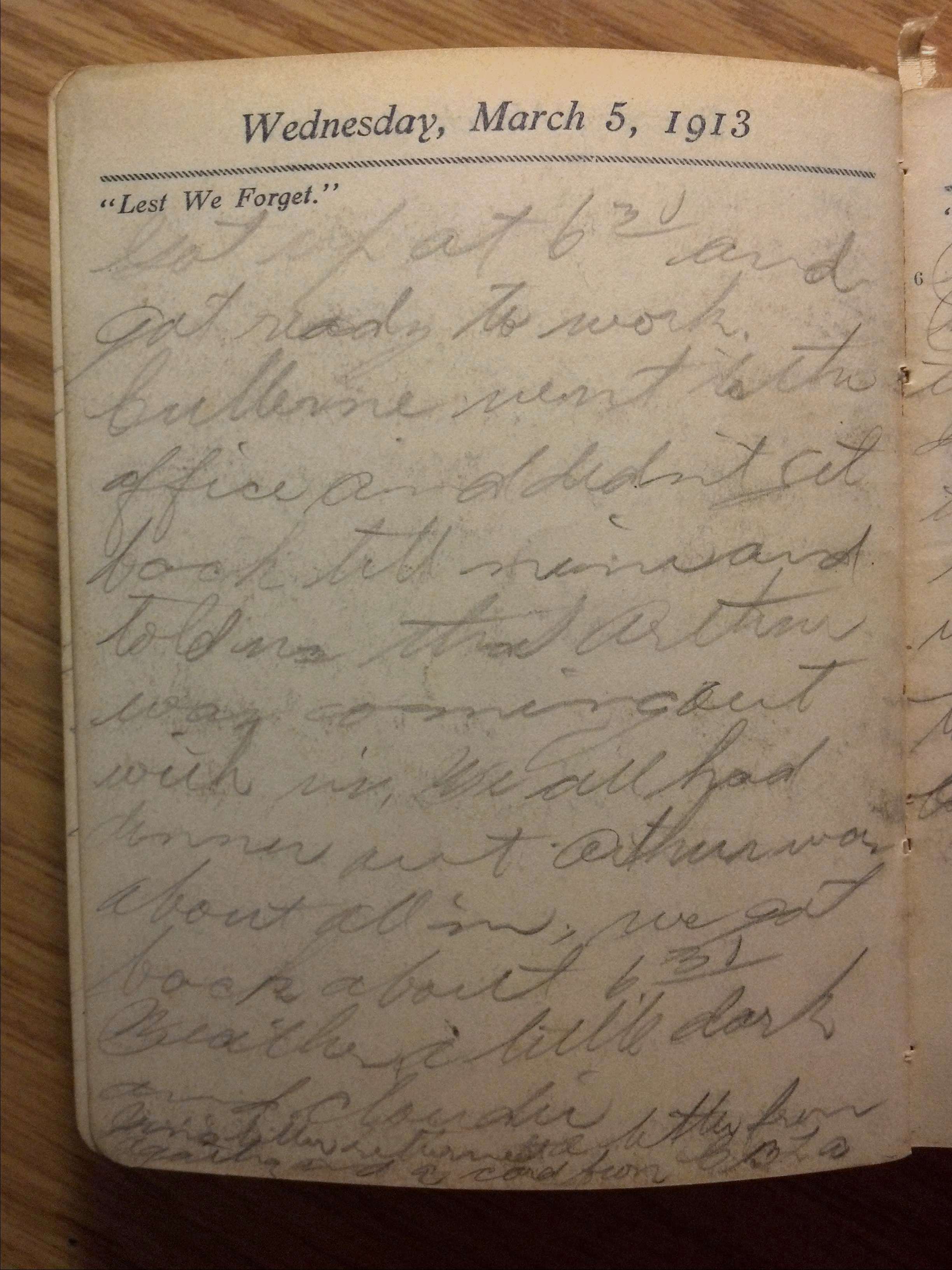Considering that RootsTec 2020 was so phenomenally successful (and no surprise), I’ve already decided that RootsTech 2021 is where I need to be next February 3-6 in Salt Lake City, Utah. This is a genealogist’s Nirvana! The largest, most well attended convention of family history researchers, vendors of genealogical products and software and a place where long distance friends can sit down for a chat. Name any facet of genealogy or family research and it’s covered here: presentations from noted experts, workshops, vendors or everything from A to Z including DNA. The Vendor Hall below on its own was chock full of new technology and much to learn about with the “latest” in just about everything genealogical!

One of the interesting aspects for me is the opportunity to meet, face-to-face, the many colleagues with whom I communicate via webinars, Facebook and other social media. Consider running into someone in the hallway or a lecture hall who looks familiar but until you strike up a conversation, it’s hard to really know who’s in front of you! For example, I participate in a weekly webinar called “Mondays With Myrt,” which is an hour and a half each Monday where upwards of 10 genealogy professionals gather to form the panel. Any number of folks both beginners and professionals can log in and listen, ask questions, answer questions, offer advice or share experiences. You can find nearly 1,000 archived programs from Dear Myrtle at YouTube here: https://www.youtube.com/results?search_query=mondays+with+myrt. If you’d like to participate or just log in a watch live, click http://blog.geneawebinars.com/p/calendar.html to view the upcoming schedule. The programs begin at noon Eastern but the calendar will post the schedule as 10am Mountain time.

These conferences are certainly the most famous, well-attended genealogy conferences in the world. This year’s conference was the 10th in an increasingly successful event. The 2020 conference brought 30,000 genealogists of all stripes. There were beginners, professionals and world renown experts to where every subject under the sun was on display. Workshops on research techniques, lectures on some very specific topics such as Irish or Greek research, how to use the proliferating research websites, DNA and other topics. What are the tips and tricks to using www.familysearch.org, for instance, or how to use FamilyTree software. Bargains that you won’t find anywhere at any other time on dozens of worthwhile products.
And the featured guest speakers? Over the years, we’ve listened to Laura Bush, Scott Hamilton, Donnie Osmond, LeVar Burton, to name a few. This year’s speaker was three time Super Bowl Champion, Emmett Smith. And there have been others who have come to speak in front of audiences that would number in the thousands. Below is an image of the theater as the crowds file in. I have no idea what the ccapacity is, but it’s huge!
In addition to being able to attend several interesting presentations, I spent some time with a genealogy group called “Trace” in their Coaches’ Corner. A very successful program, the premise was for a number of professional genealogists to sit with other researchers for 25 minute sessions. These researchers ranged from folks who have just begun their journey to veterans who were simply lookinig for tips and tricks to recharge their own research. I have to say that I found the sessions I worked were very rewarding personally. When you tell someone something they either didn’t know or haven’t thought about for many years, their eyes light up! Each of the visitors was offered the opportunity to contract with Trace for deeper research with any of the affiliated professionals.
Of course, one of the greates benefits of being in Salt Lake City is the opportunity to do some very deep research at the Family History Library. Books, and books, and books in addition to a collection of micromedia that is second to none. Staffed with knowledgeable people who are always ready to help, I was able to locate some records that will complete at least 2 applications I’ve been working on for membership in the Sons of the American Revolution. It’s all good!
In closing, I’ll just say, “See you at RootsTech 2021!”




















